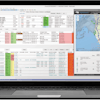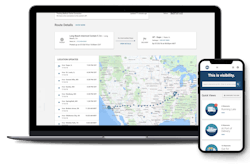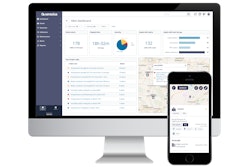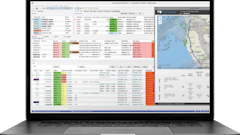
Log-hub introduced updates to its Supply Chain Apps, providing enhanced capabilities for route optimization, CO2 emissions management, and network design.
Key takeaways:
· The updated Milkrun Optimization Plus App now provides greater control over routing and cost management. Built to optimize vehicle routes while balancing costs and CO₂ emissions, the app handles complex logistics constraints such as customer time windows and vehicle capacity profiles. It supports multiple routing options, including closed, depot-to-depot, open, and reverse open paths, allowing users to tailor routes to operational needs. A new cost allocation feature brings added transparency by allowing users to select allocation methods that calculate and display costs per stop. With capabilities such as multi-day planning, detailed vehicle speed modelling, and interactive route visualization, the app delivers a solution for streamlining fleet operations and improving overall efficiency.
· The CO₂ Emissions App continues to advance sustainability efforts with new modes and parameters that refine emissions accuracy. Integrated with Excel and aligned with the GLEC framework, the app simplifies carbon footprint analysis and professional reporting across road, rail, sea, and air transport. The latest update extends emissions analysis to inland waterways, supporting companies that rely on diverse multimodal transport networks. It also introduces multiple vehicle types for road transport, enabling CO2 simulation based on different vehicle specifications. Together, these enhancements improve emissions visibility and support data-driven sustainability strategies toward Net Zero goals.
· The Network Design Simulator Add-on enables companies to design resilient, cost-efficient logistics networks using real transaction data to reconstruct shipments, test consolidation strategies, and optimize facility placement. It supports a range of experiments—such as consolidation, sourcing, and facility adjustments—to achieve savings while maintaining service levels. Through cost and growth simulations, it adds flexibility and resilience to network design, helping supply chains adapt to change. The app offers transaction-level realism through delivery note data for accurate consolidation analysis, network topology modeling with place-and-plan optimization for DC locations, flexible consolidation and truckization options, full cost stack analysis across transport and warehousing, and growth scenario testing with sourcing reassignments. A new feature lets users simulate the ratio of outbound to inbound flow importance and assess its impact on facility location in multi-tier networks, enabling more advanced and data-driven design decisions.



















